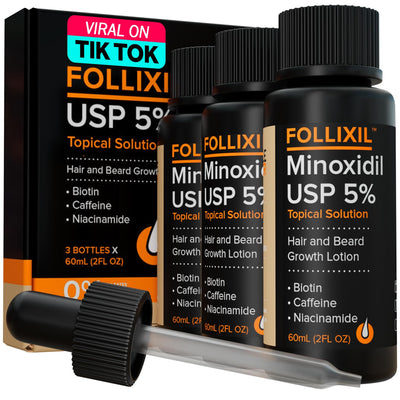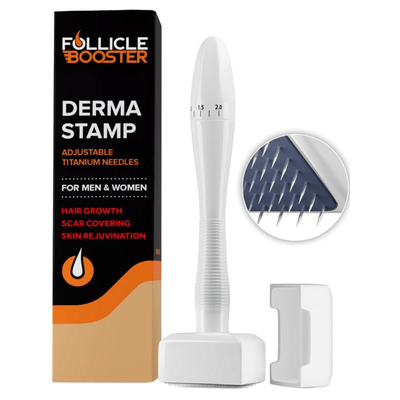Hair loss is a common concern that affects millions of people worldwide. Its causes can range from genetics to hormonal imbalances to environmental factors. Among these potential causes, vitamin D deficiency has been recognized as a possible factor. But can a lack of vitamin D lead to hair loss, and if so, how?
The Role of Vitamin D in the Body
Vitamin D, sometimes called the “sunshine vitamin,” is essential for many bodily functions, including bone health, immune support, and cellular function. It is a fat-soluble vitamin primarily synthesized in the skin when exposed to sunlight, though it can also be obtained from certain foods and supplements.
One lesser-known but essential function of vitamin D is its involvement in hair follicle cycling. Hair follicles, the tiny structures that produce hair, go through phases of growth (anagen), rest (telogen), and shedding (exogen). Vitamin D is thought to play a role in the regulation of these phases. In particular, research has found that vitamin D receptors (VDRs) in hair follicles are essential for initiating hair growth. Without adequate vitamin D, these receptors may not function properly, potentially leading to hair growth disruptions and hair loss.
How Vitamin D Deficiency Affects Hair Growth
When vitamin D levels are low, the growth cycle of hair follicles can be affected. Several studies suggest that low vitamin D levels are associated with different types of hair loss, including:
Telogen Effluvium: This temporary form of hair loss occurs when hair prematurely enters the resting phase, leading to excessive shedding. While telogen effluvium can be triggered by stress, illness, or hormonal changes, low vitamin D levels have also been associated with this condition.
Alopecia Areata: An autoimmune condition characterized by patchy hair loss, alopecia areata is also linked to vitamin D deficiency. Research has found that people with alopecia areata often have lower vitamin D levels than those without the condition.
Female Pattern Hair Loss: Although more research is needed, some studies suggest a connection between vitamin D deficiency and androgenic alopecia, particularly in women. Female pattern hair loss typically causes thinning hair across the top of the scalp; lower vitamin D levels could potentially exacerbate this type of hair loss.
Recognizing Signs of Vitamin D Deficiency
Hair loss may be one indicator of vitamin D deficiency, but other signs and symptoms can also signal low levels. These may include:
Fatigue and tiredness
Muscle weakness or aches
Bone pain and increased risk of fractures
Mood changes, including depression
Weakened immune system
If you’re experiencing hair loss alongside any of these symptoms, it may be worth getting your vitamin D levels checked by a healthcare provider.
How to Maintain Healthy Vitamin D Levels
If vitamin D deficiency contributes to hair loss, improving your levels could help support hair regrowth and overall health. Here are some ways to boost your vitamin D levels:
Sun Exposure: The body produces vitamin D when the skin is exposed to sunlight. Just 10-15 minutes of sun exposure a few times a week may be enough to maintain healthy levels, depending on skin type and location.
Diet: Include vitamin D-rich foods, such as fatty fish (salmon, mackerel, and sardines), egg yolks, and fortified foods like milk and orange juice.
Supplements: Vitamin D supplements can be a helpful alternative to sunlight or dietary intake in cases of insufficient sunlight. Always consult a healthcare provider before starting a new supplement, as excessive vitamin D intake can have adverse effects.
Regular Monitoring: It’s a good idea to periodically check your vitamin D levels, especially if you live in a region with limited sunlight or have dietary restrictions.
Vitamin D deficiency is a common issue that can affect hair health. While more research is needed to fully understand the connection's extent, current evidence suggests that maintaining adequate vitamin D levels is essential for supporting the hair growth cycle. If you’re dealing with hair loss, talk to your healthcare provider about testing your vitamin D levels. By addressing any deficiency, you may improve your hair’s health and appearance as well as other aspects of well-being.










